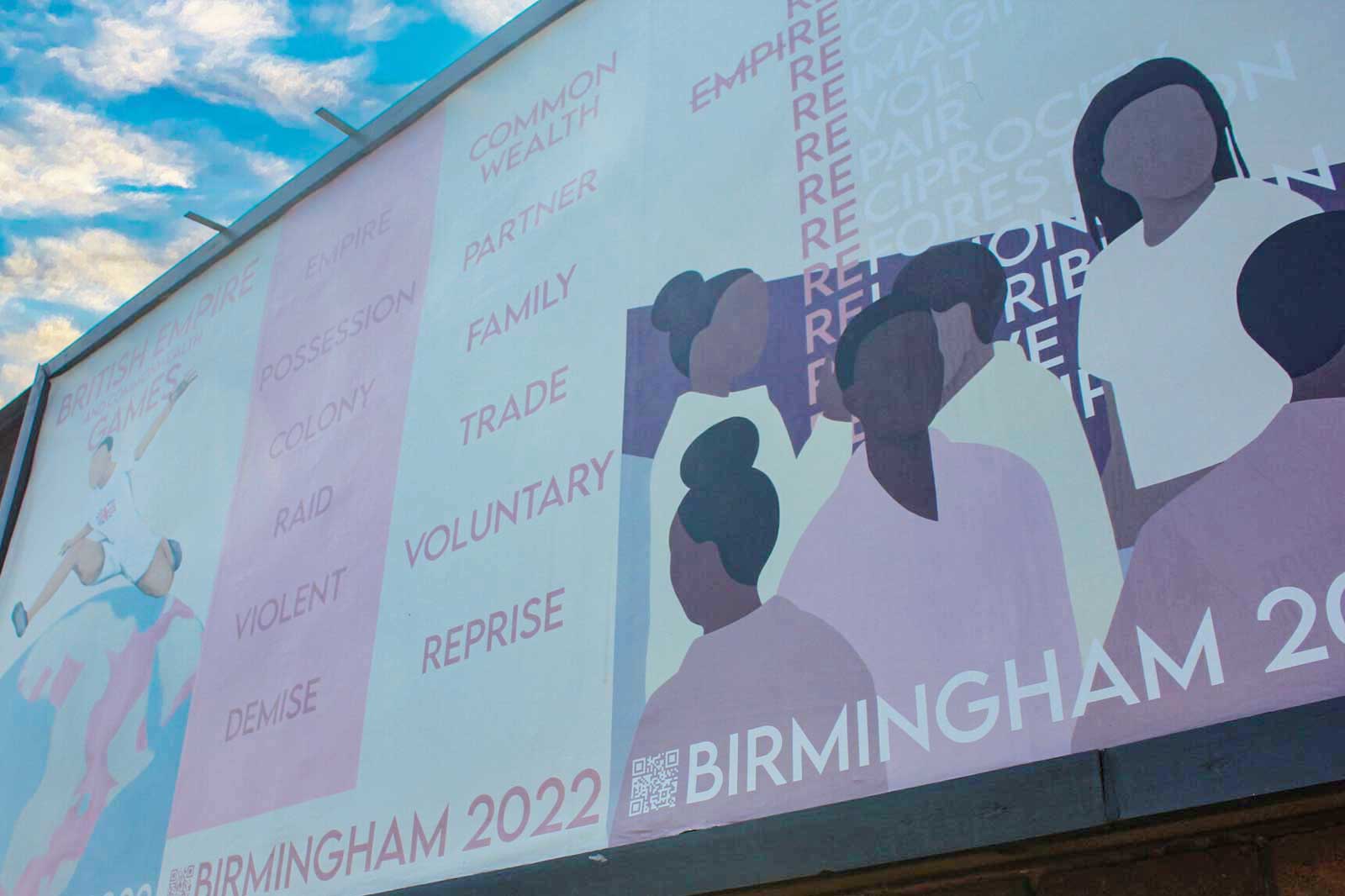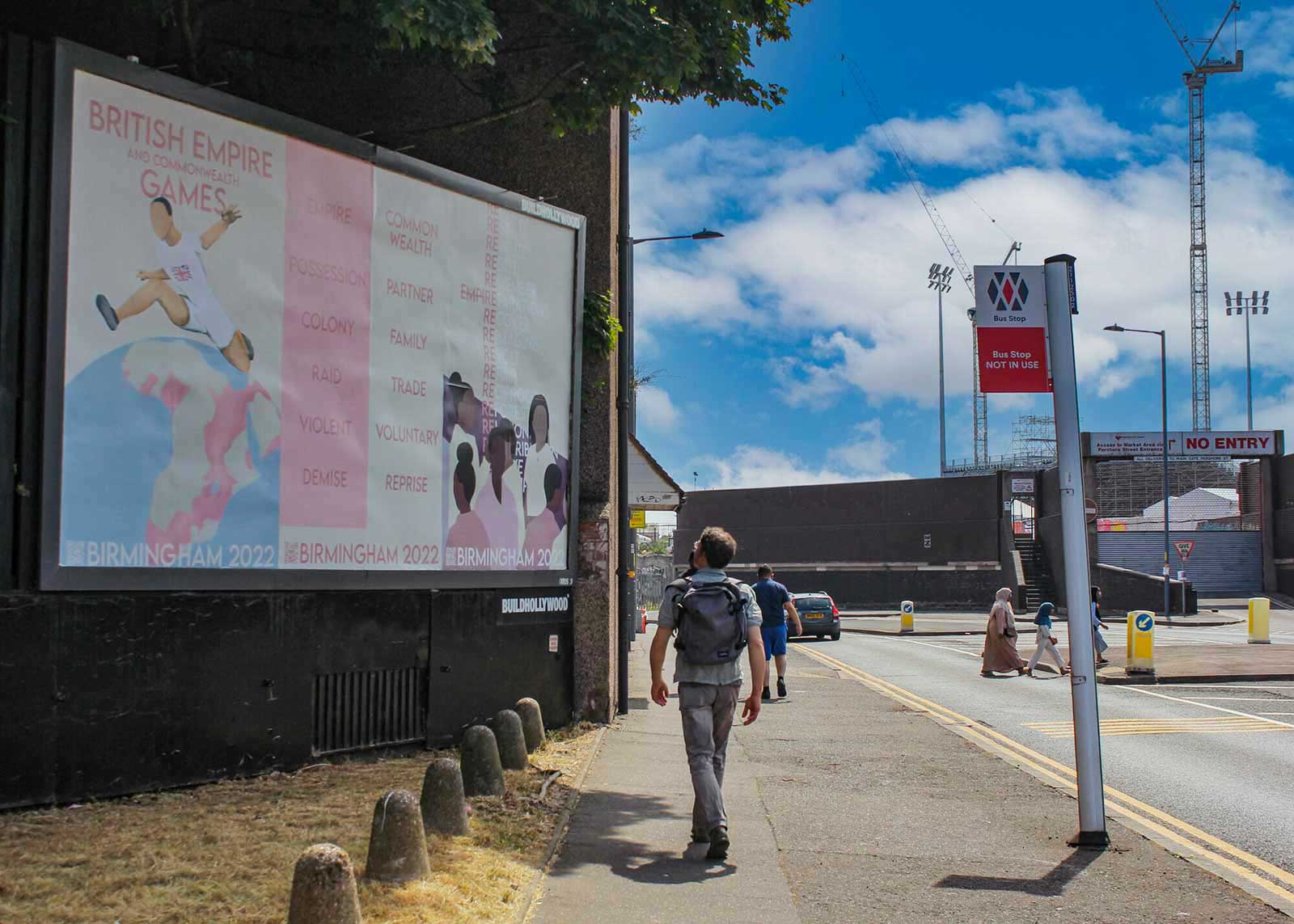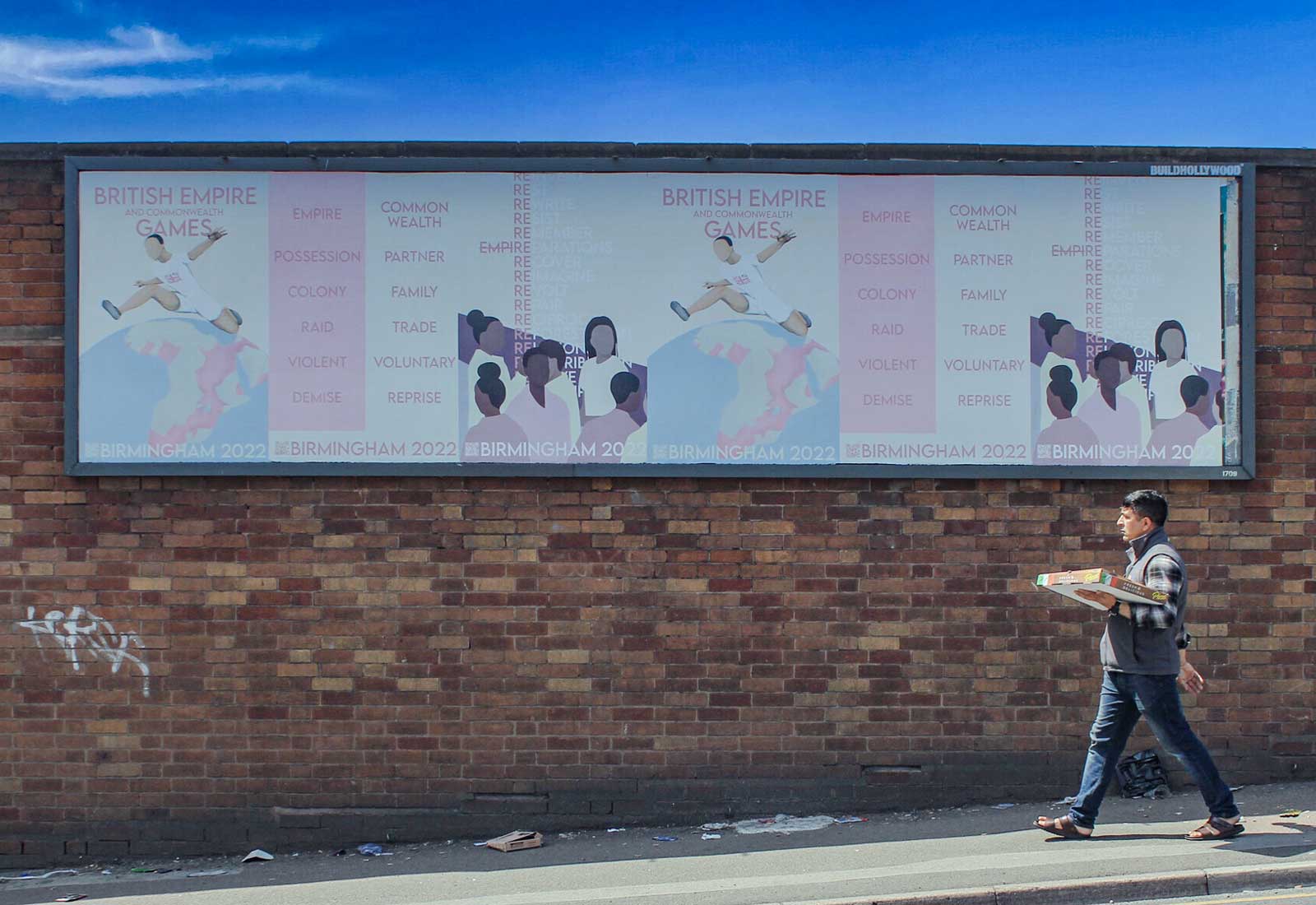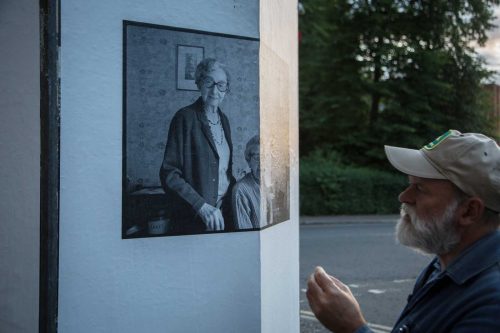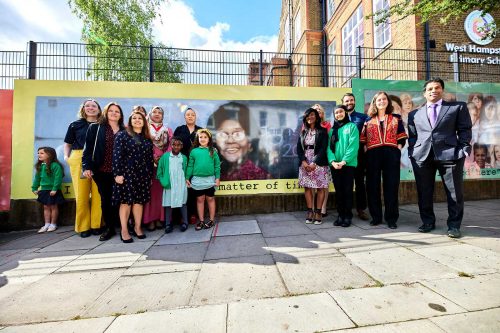Partnerships
Thenjiwe Niki Nkosi’s multifaceted artwork ‘Equations for a Body at Rest’ challenges colonial legacies of the Commonwealth Games
First it was the pared-down dynamism of sports courts and the architecture of athletic spaces that fascinated Thenjiwe Niki Nkosi. The artist’s interest in the people who train and compete in these venues began with re-working an old photograph of a lone gymnast having completed his floor routine. Nkosi decided to paint that white figure as a Black athlete.
This modest material intervention threw up a whole new field of inquiry for the artist. It led her to radically question how we view these spaces and the different ways we see the people that variously inhabit them. The artist has written, ‘Ideology is at work in this sport. Gymnastics has been used as a tool of propaganda, of control, of patriarchy and of nationalism. Defining what bodies should look like, what perfection is, what the human ideal is.’
So much sport imagery focuses on moments of triumph: a sprinter’s torso nudging the finish line, the dramatic heavyweight KO, a soaring slam dunk… In Nkosi’s work, by contrast, drama is played down. Faces are anonymised and it’s this anonymity of Black and brown countenances that invites us to look harder, to inquire further. Body shapes, the kit they’re wearing, the figures’ relation to each other and their surroundings all afford a contemplative array of mutually dependent shapes, colours and gestures. Rather than an unquestioning promulgation of sporting prowess Nkosi’s imagery admits the teamwork and supportive interaction on which success (and a good society) depend, ‘At the same time as lauding Black excellence can we also allow them vulnerability? Can we allow them rest? Can we allow them to be part of a community? Can we allow them to be human?’ Her first solo show, the 2020 exhibition titled ‘Gymnasium’ at Stevenson gallery in Johannesburg was both visually beguiling and subtly thought-provoking.
In her Olympic Channel podcast Nkosi told host Ed Knowles, ‘I have all these questions about sport and also about the art world.’ She refutes the idea that racism is on the wane globally because Black athletes across numerous sports have become icons. Yes, they are celebrated and adored. Nkosi suggests, however, what this hero/heroine worship doesn’t negate, alleviate or even begin to address is casual or systemic racism. The prejudiced stereotyping and othering of Black athletes persists even while they’re feted.
28.07.22
Words by


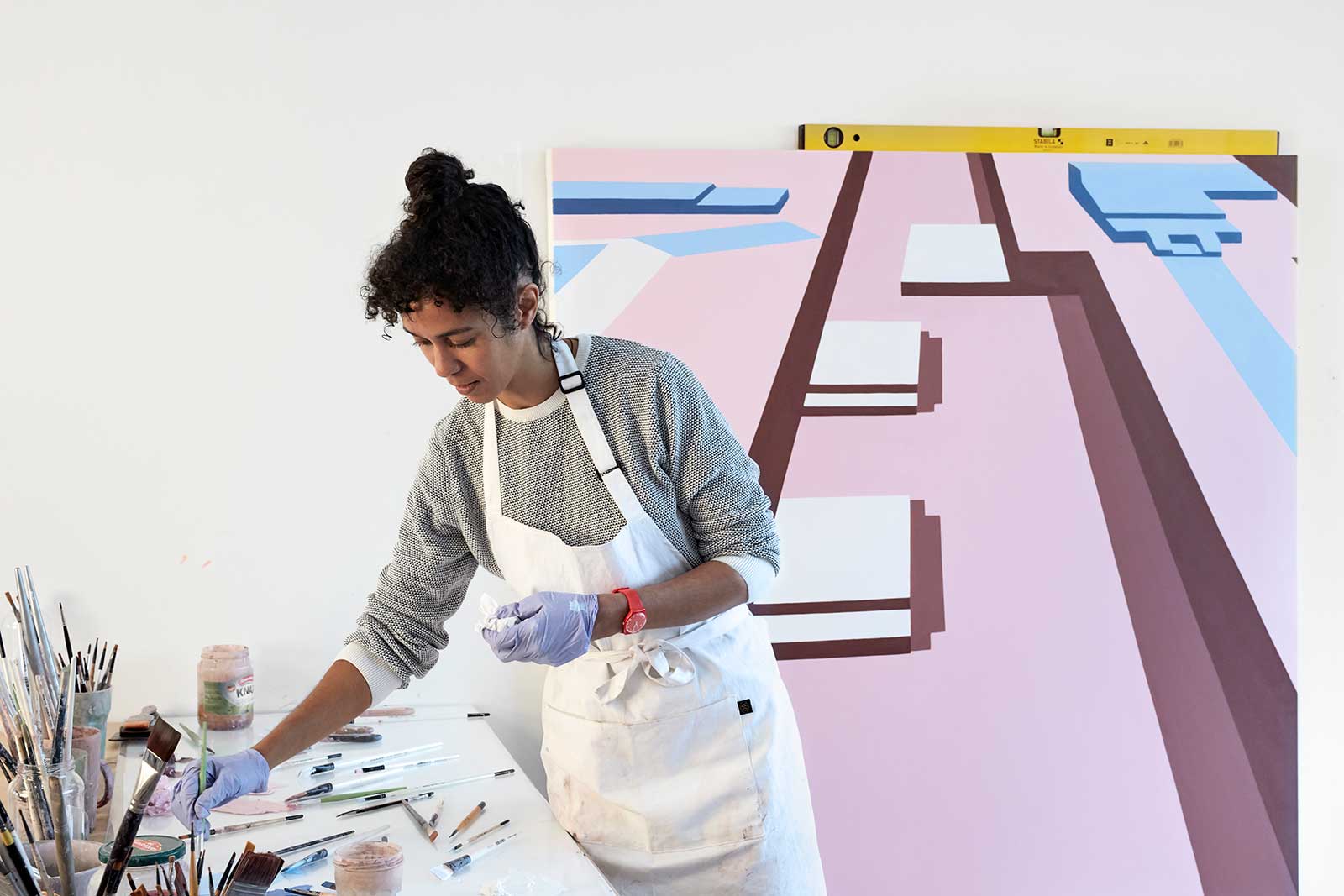
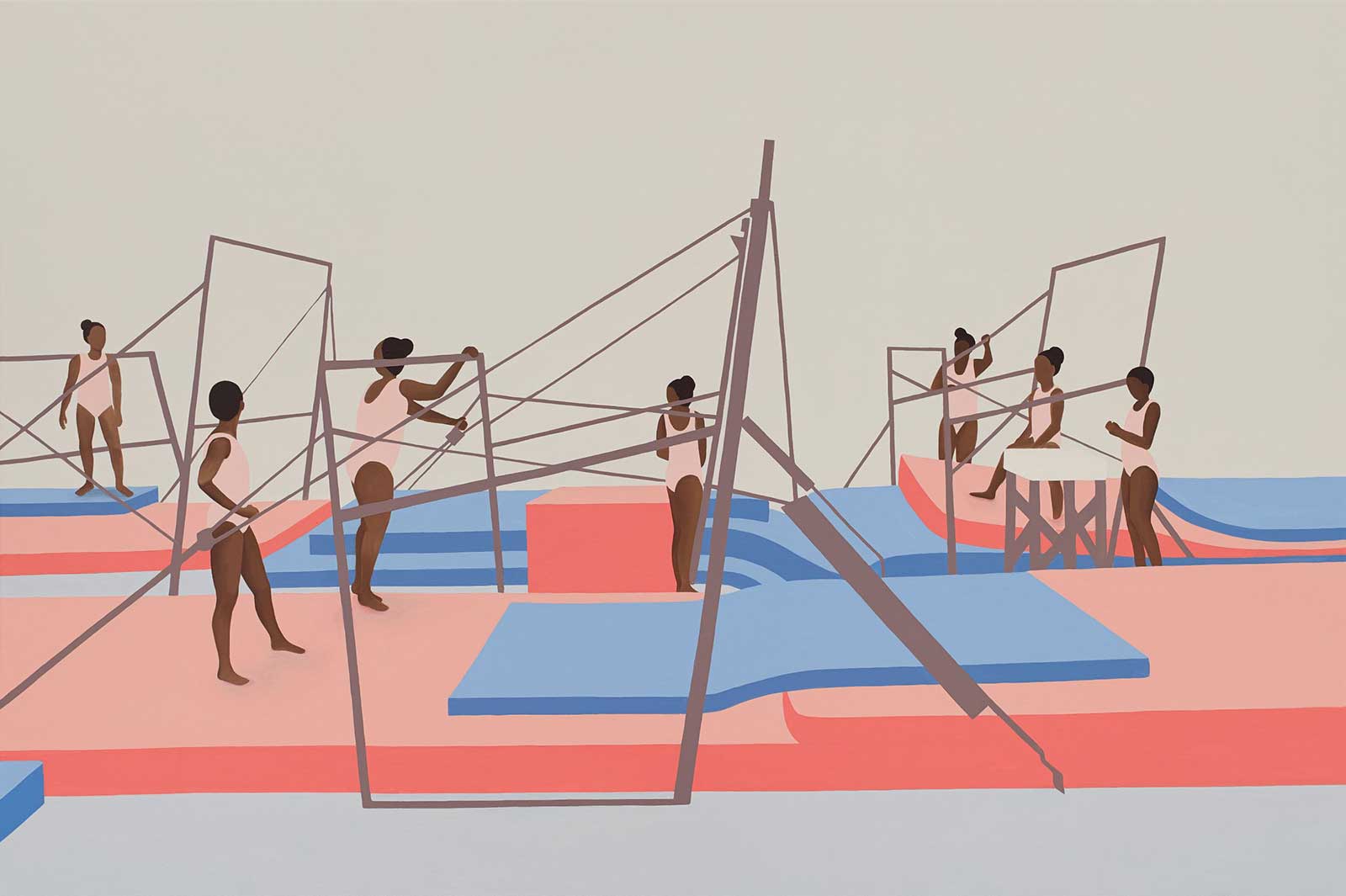 Trials (2020) - Thenjiwe Niki Nkosi
Trials (2020) - Thenjiwe Niki Nkosi
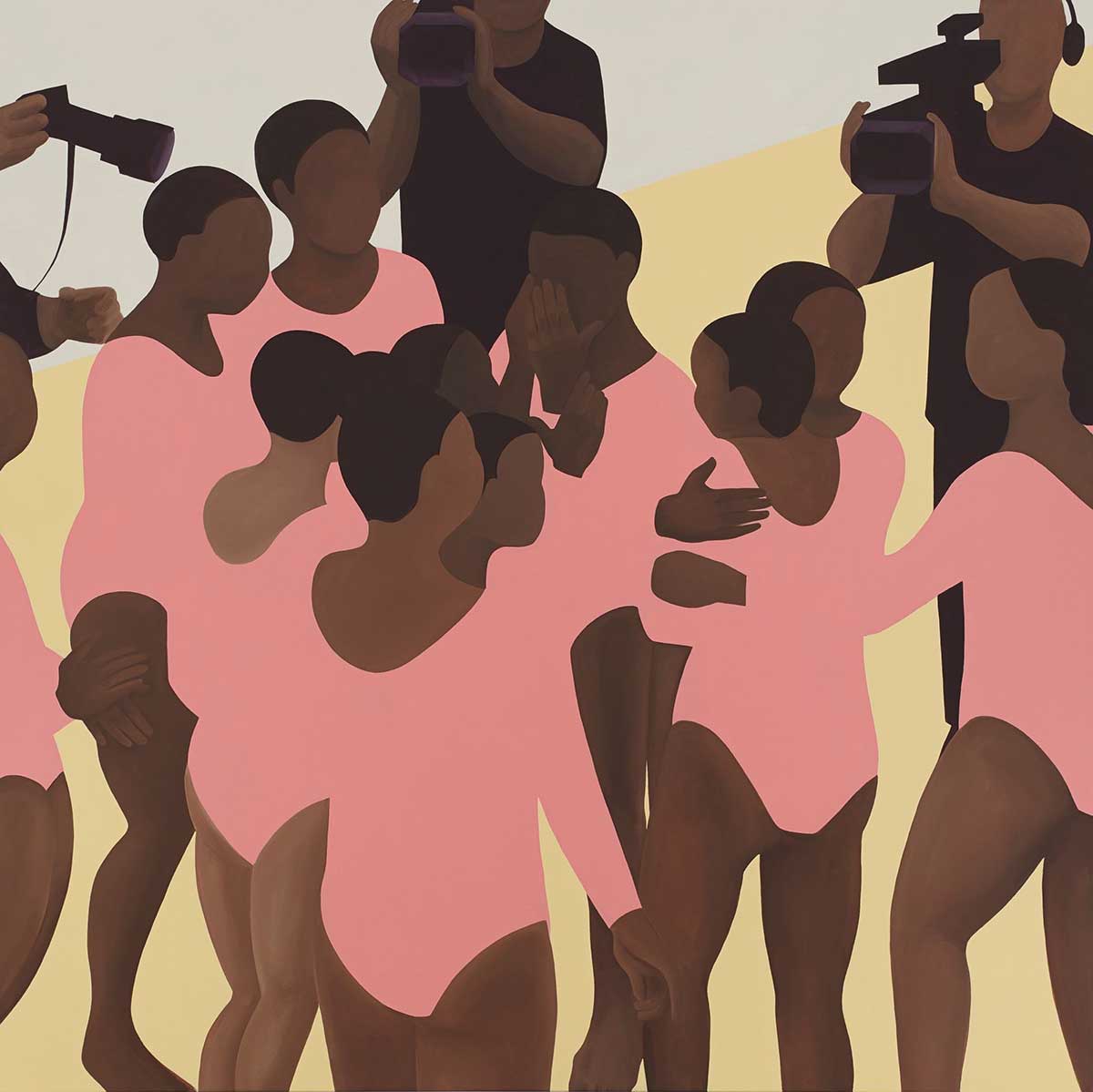
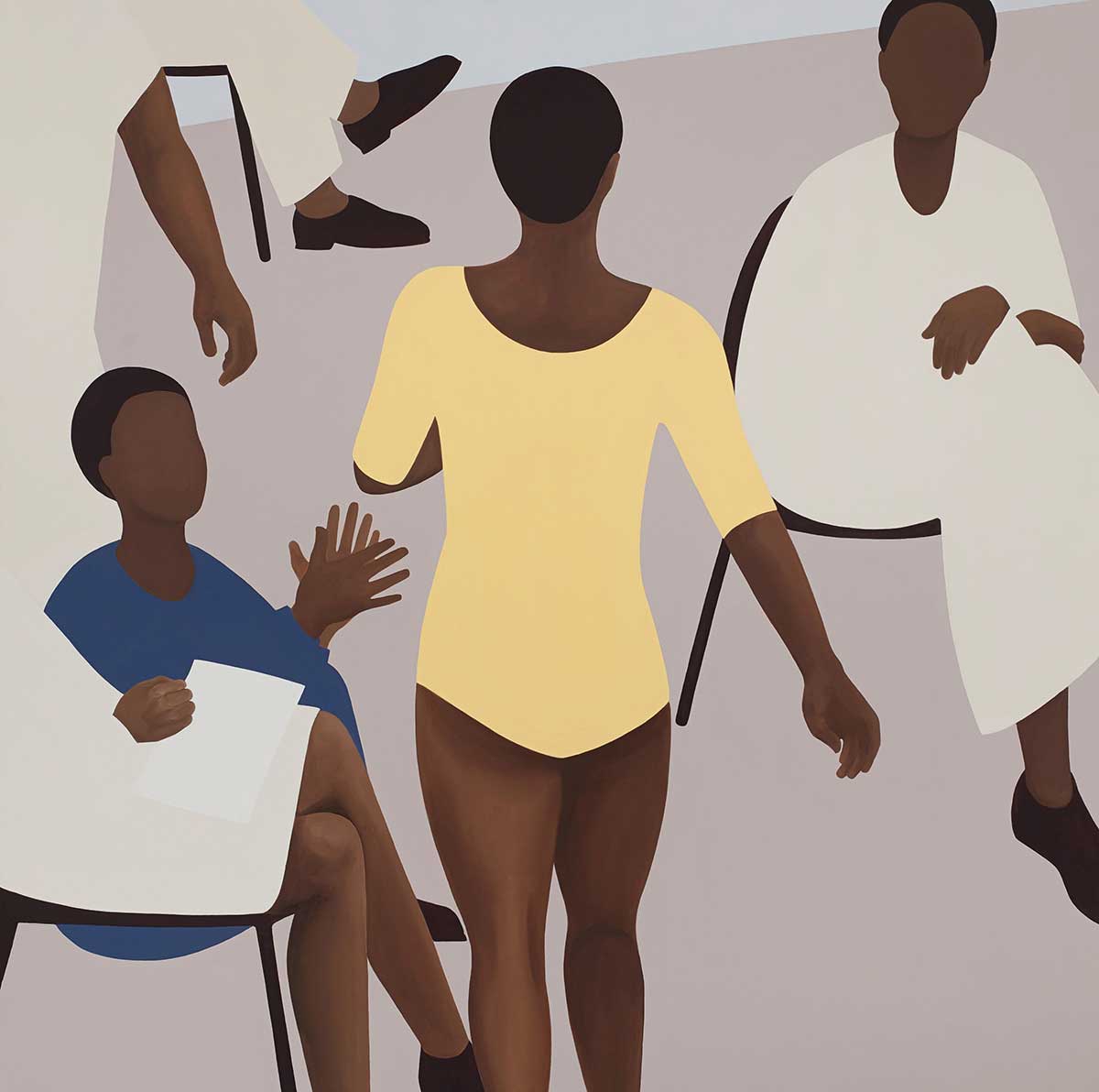
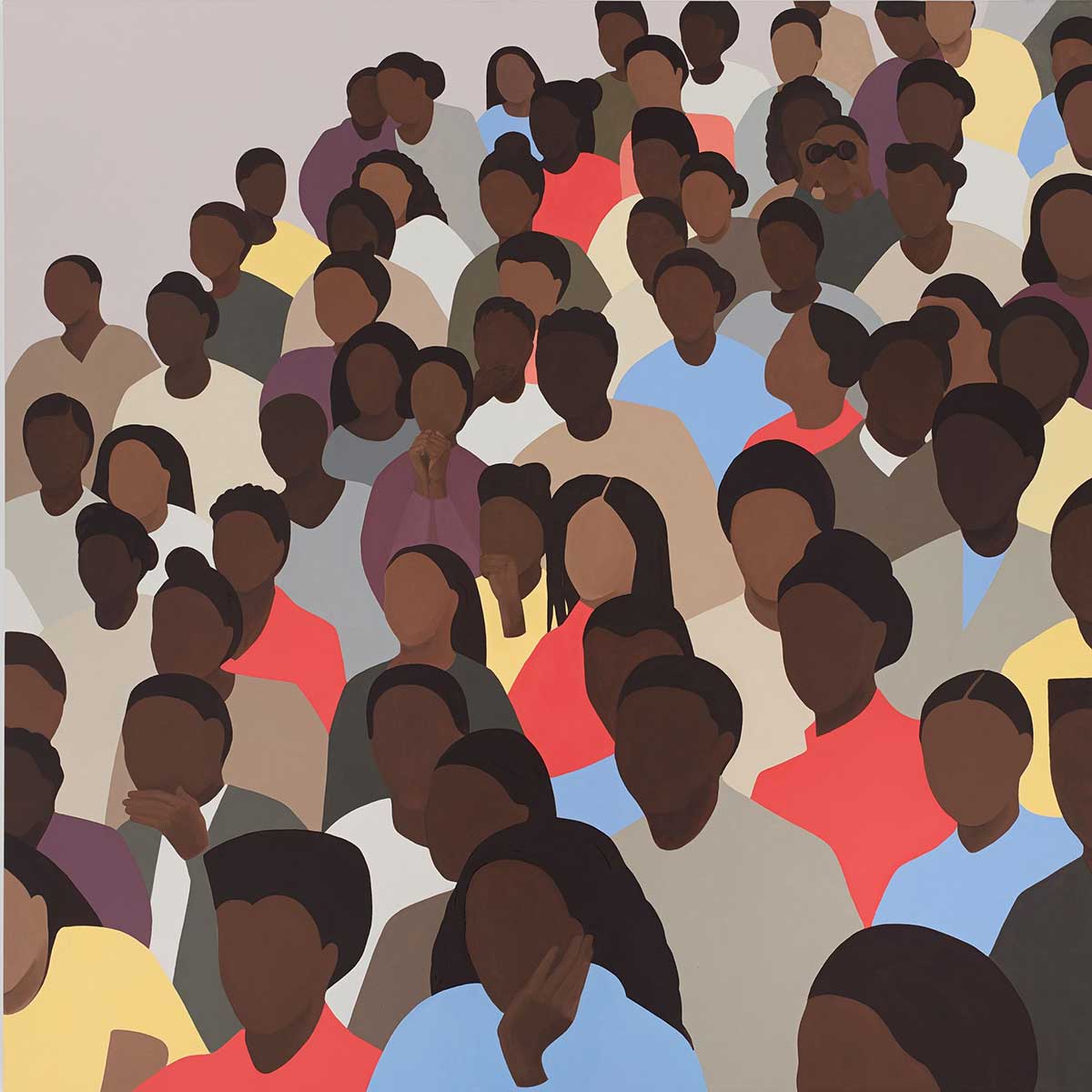
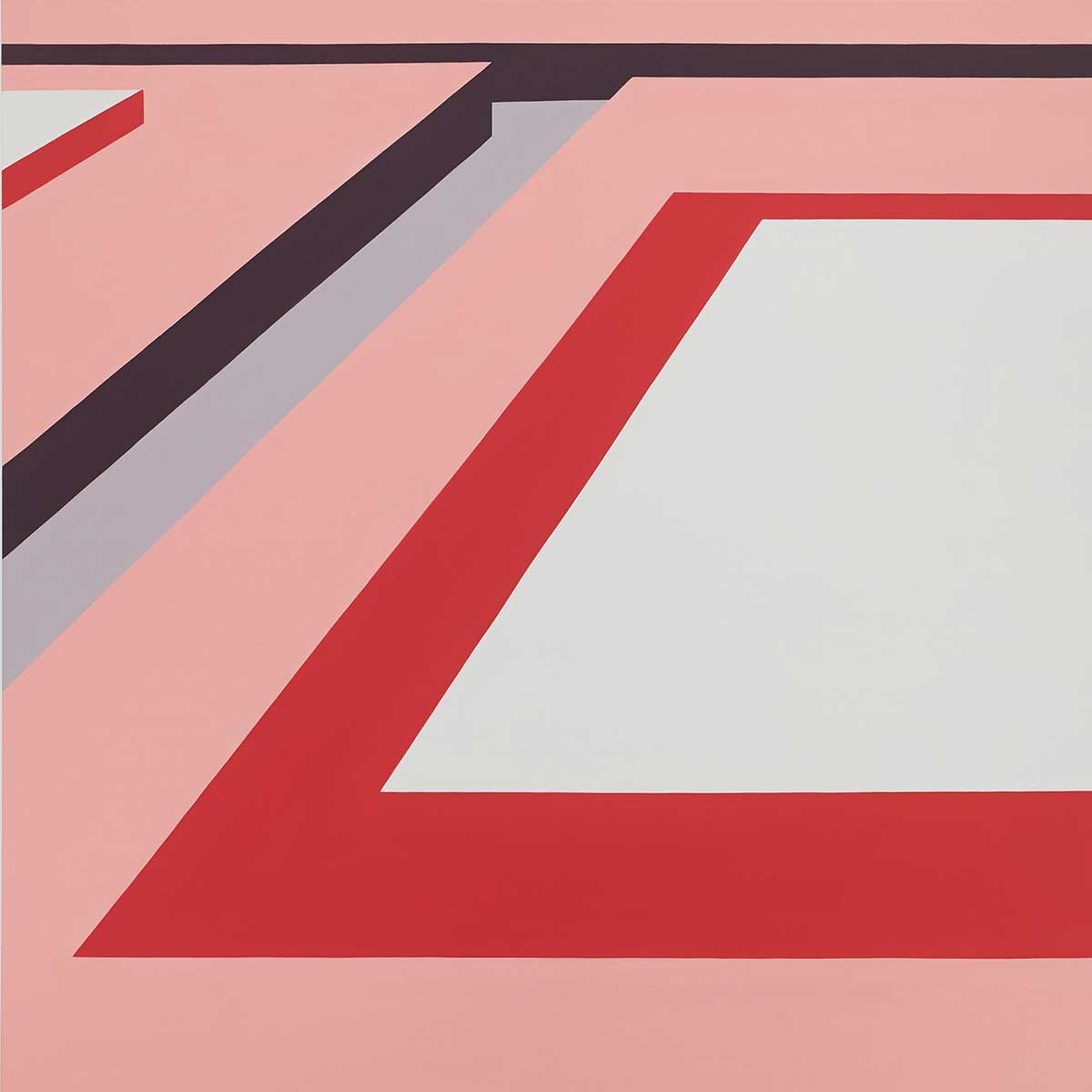
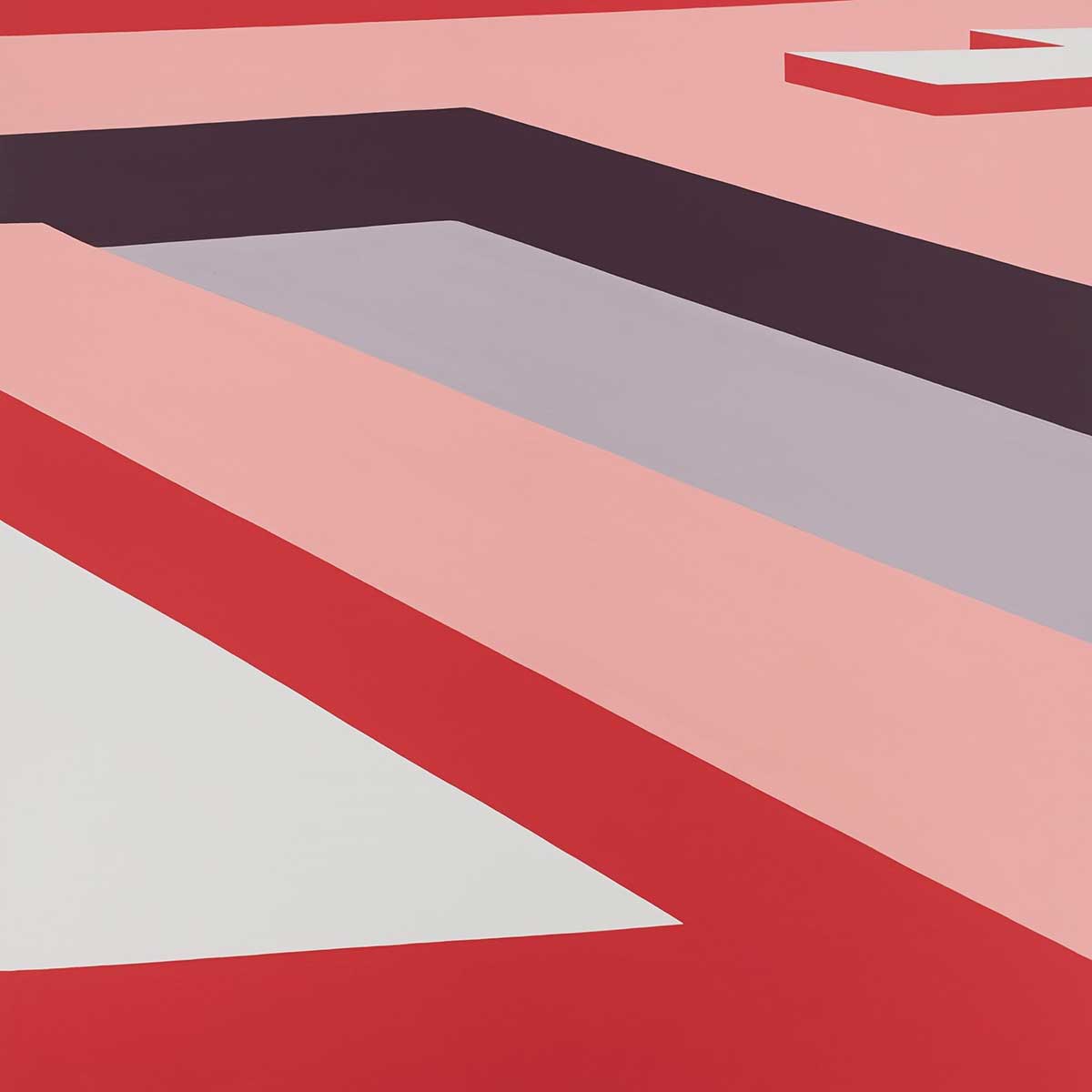
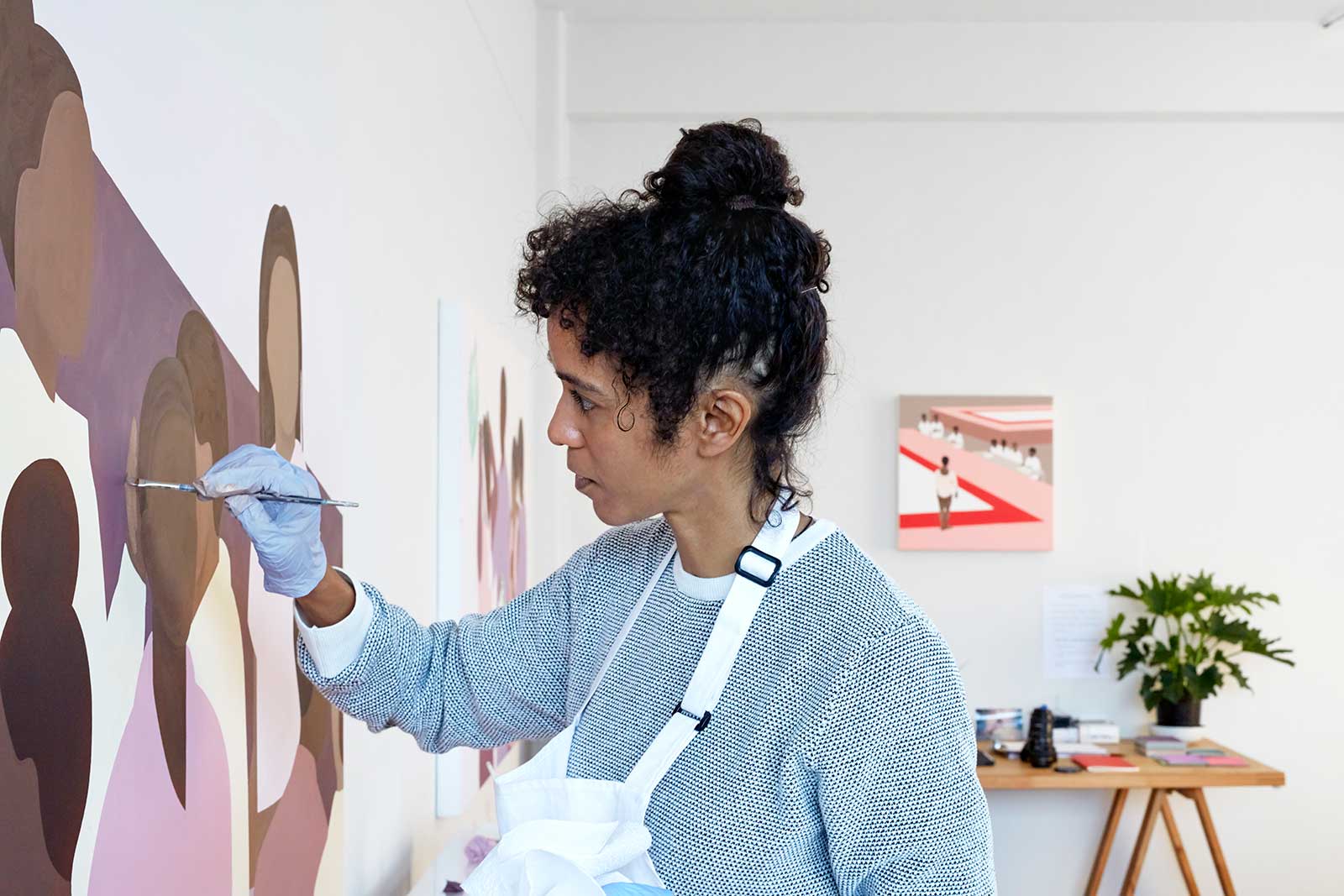
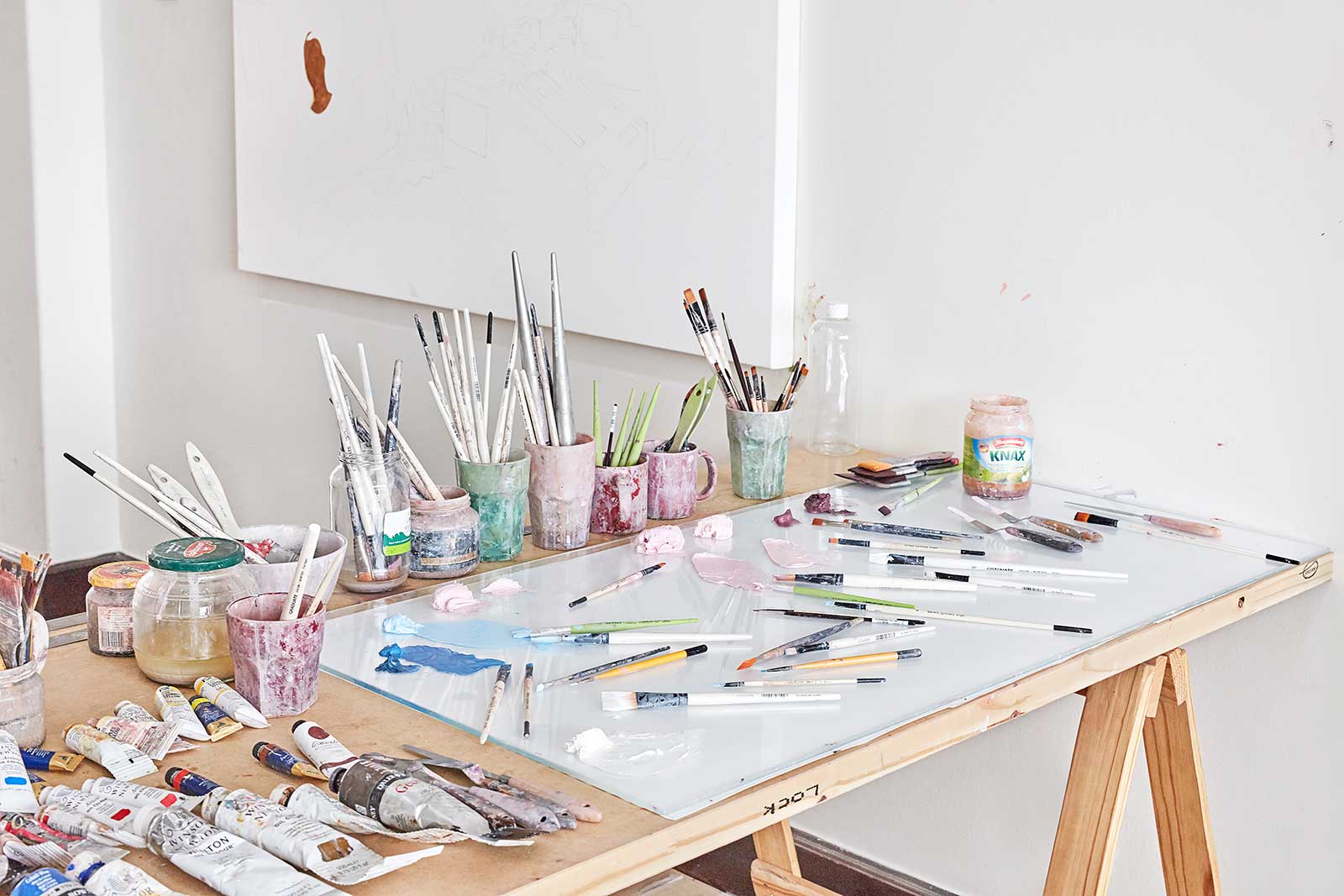
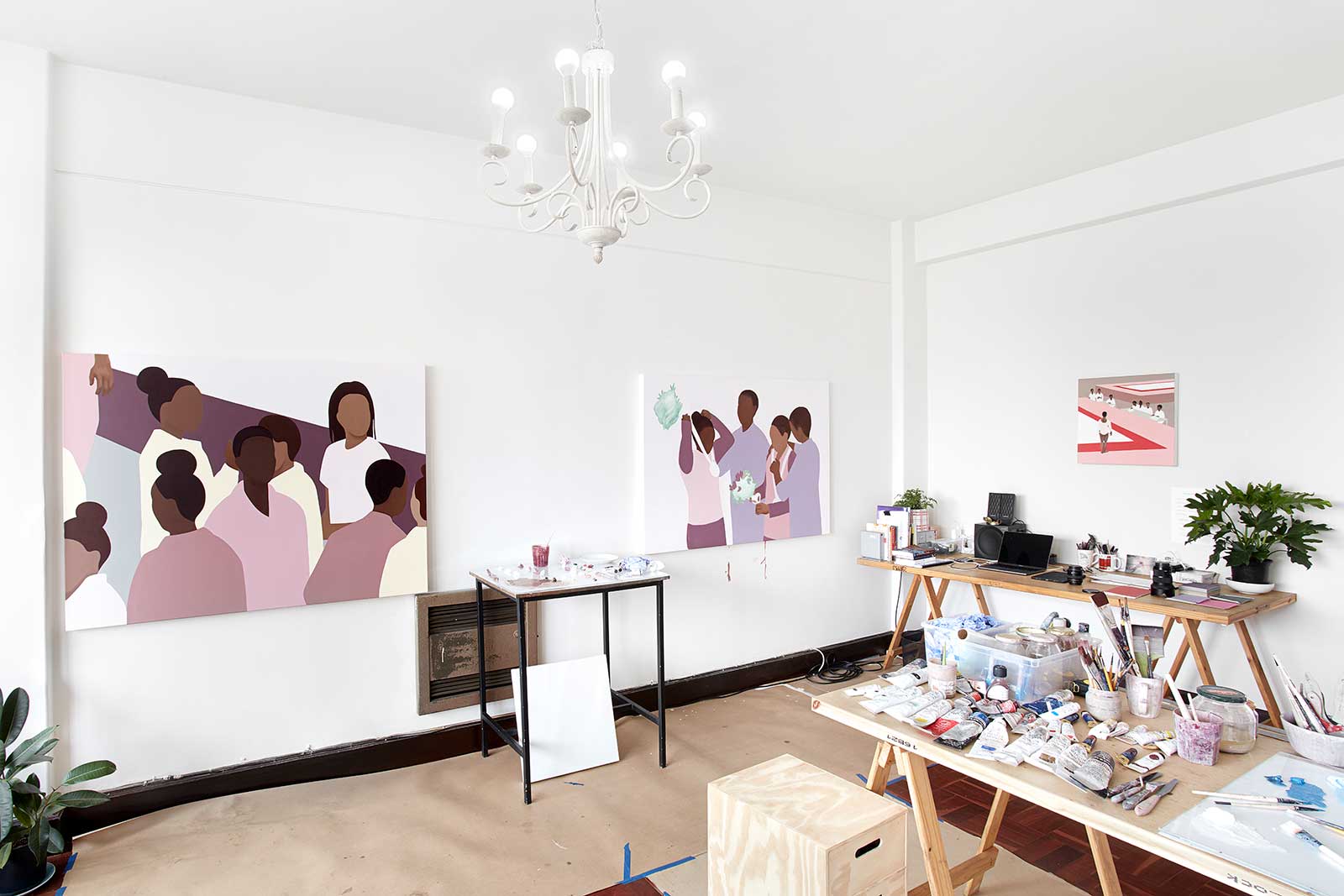
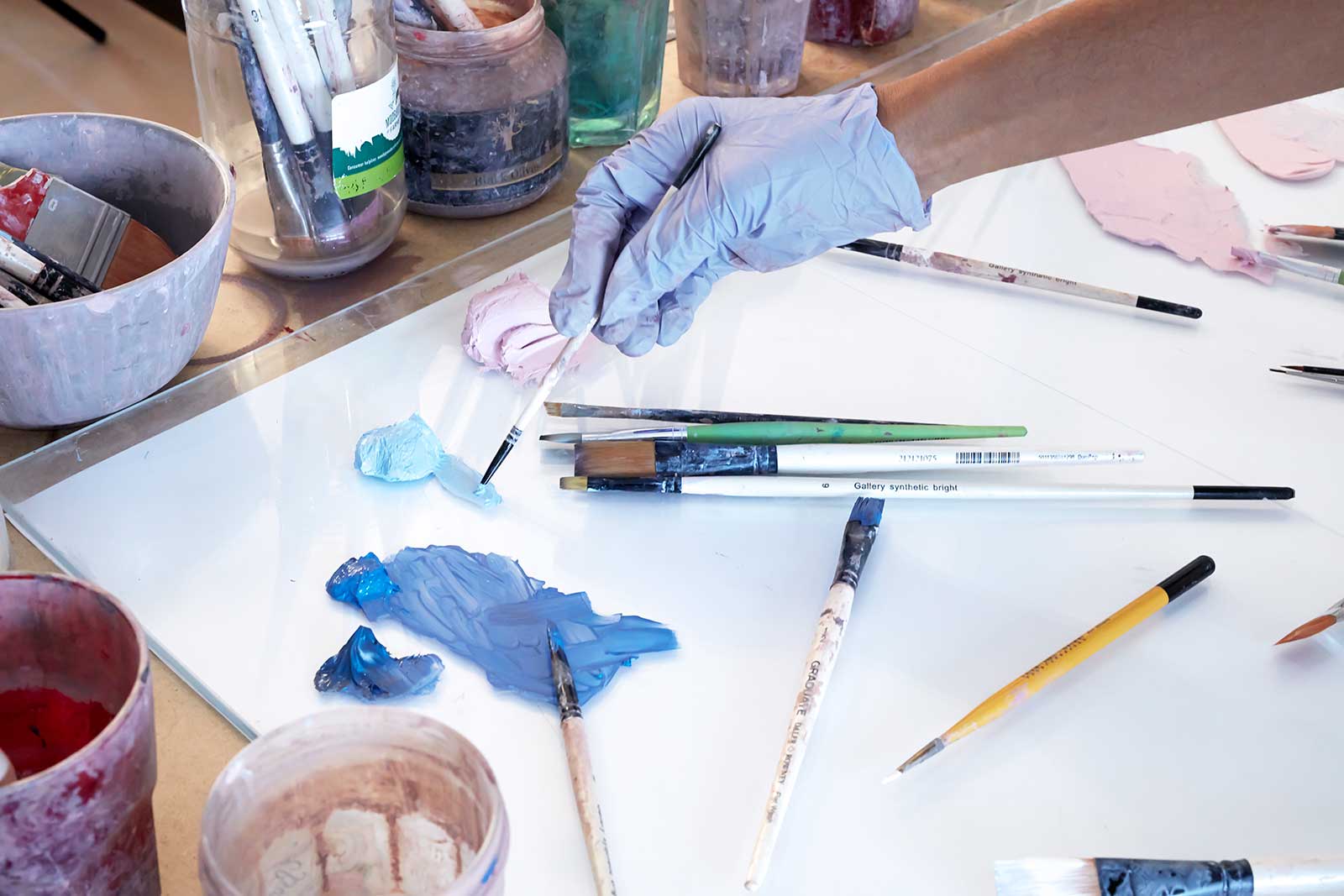
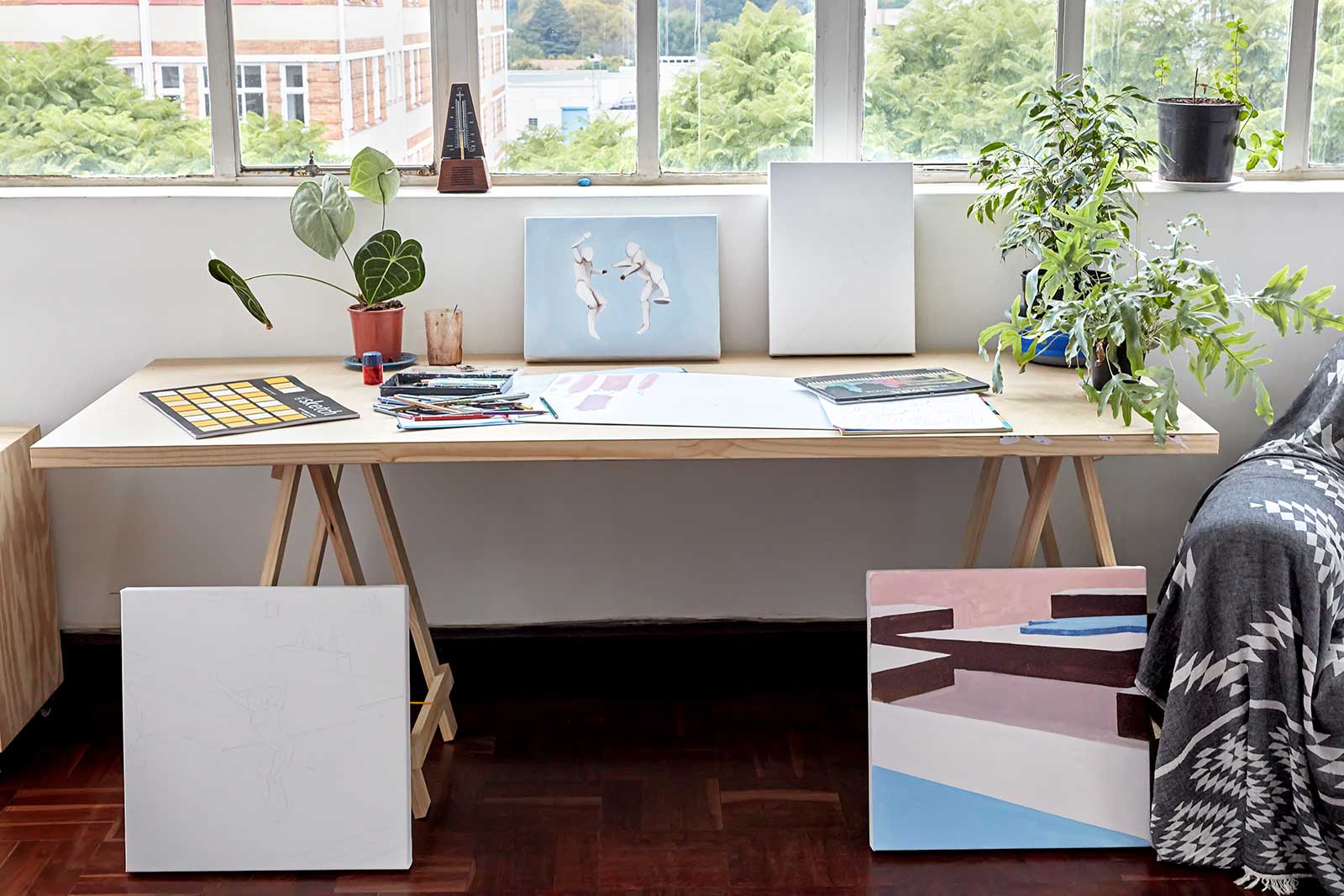
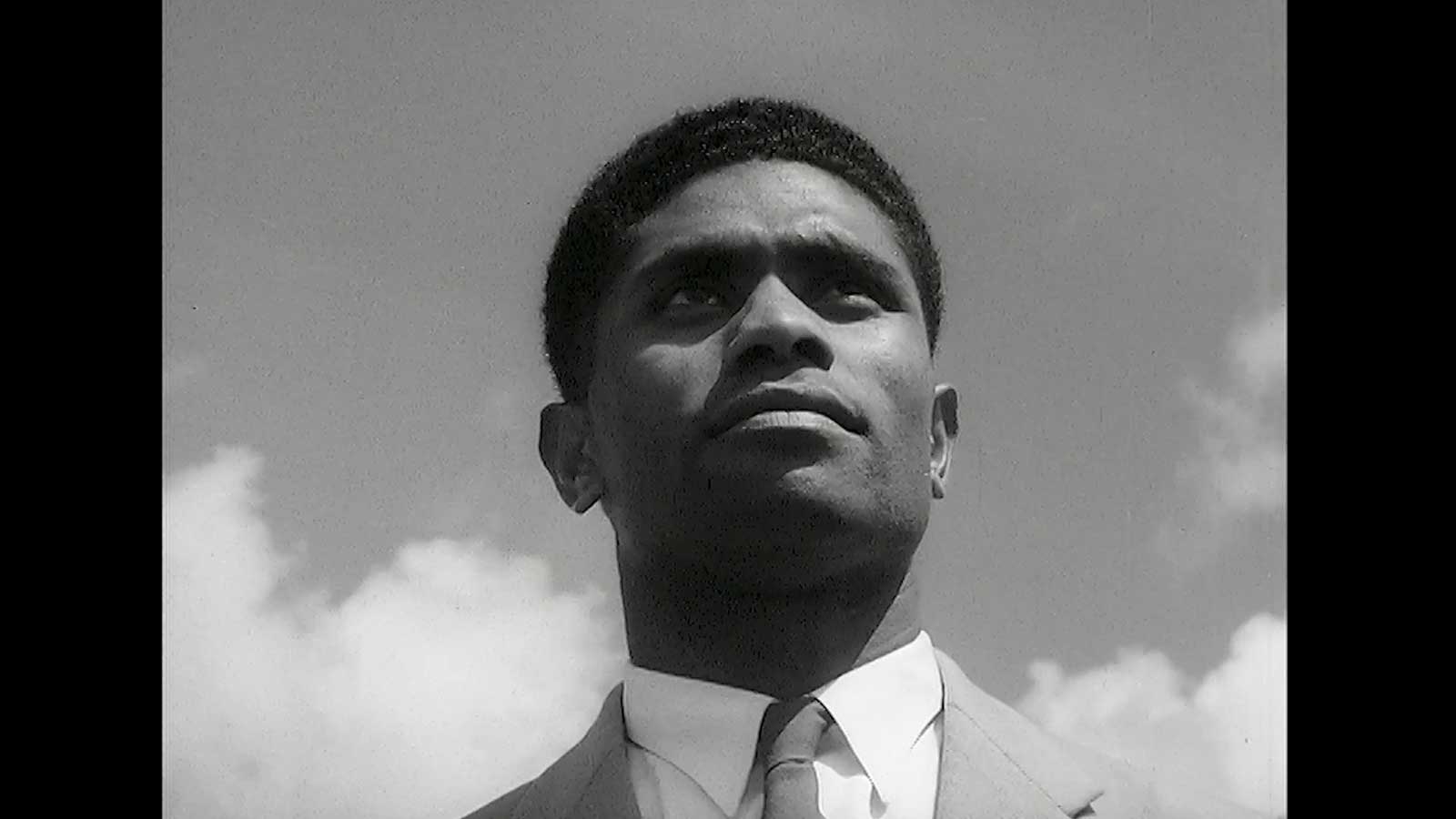
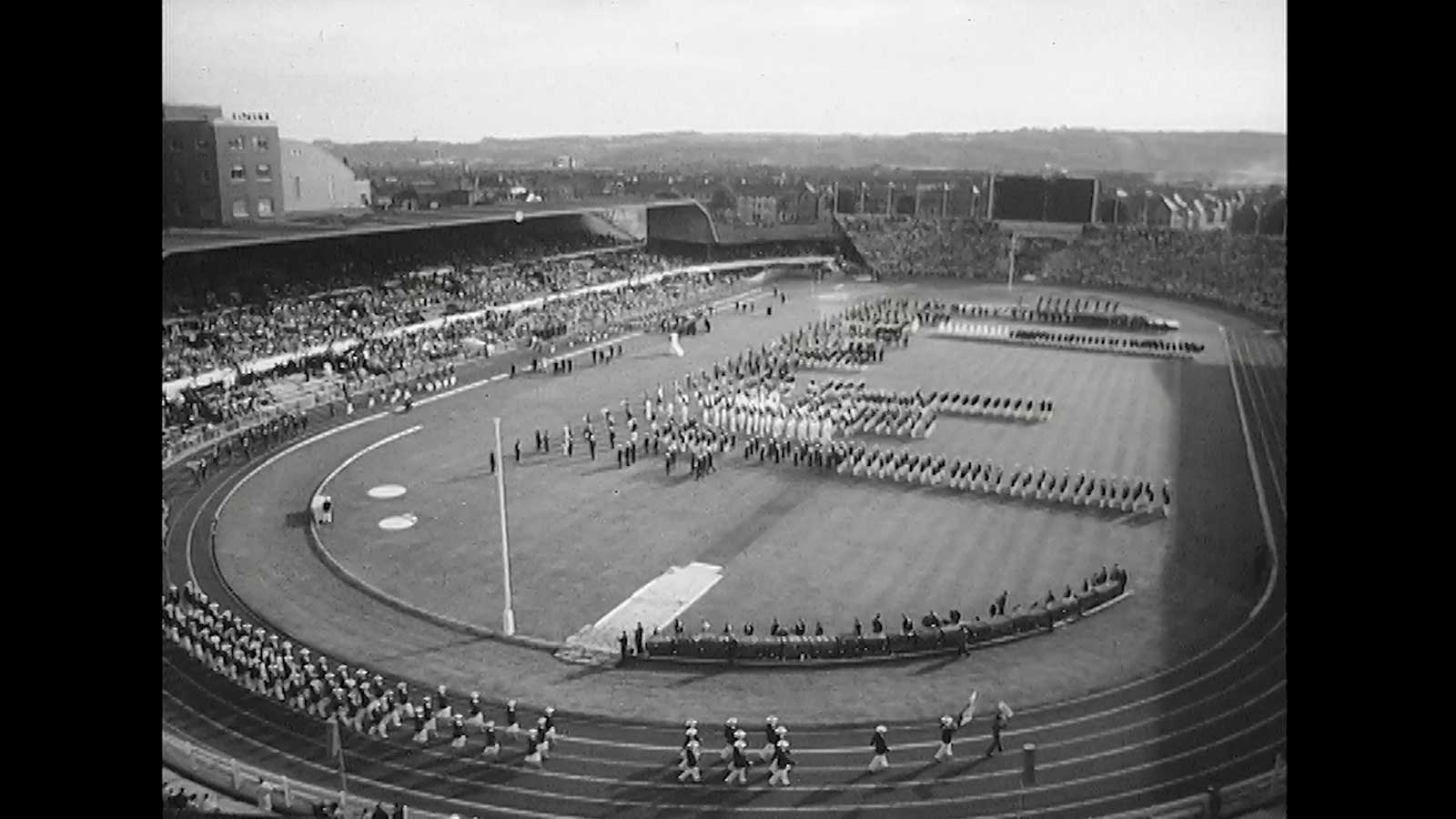

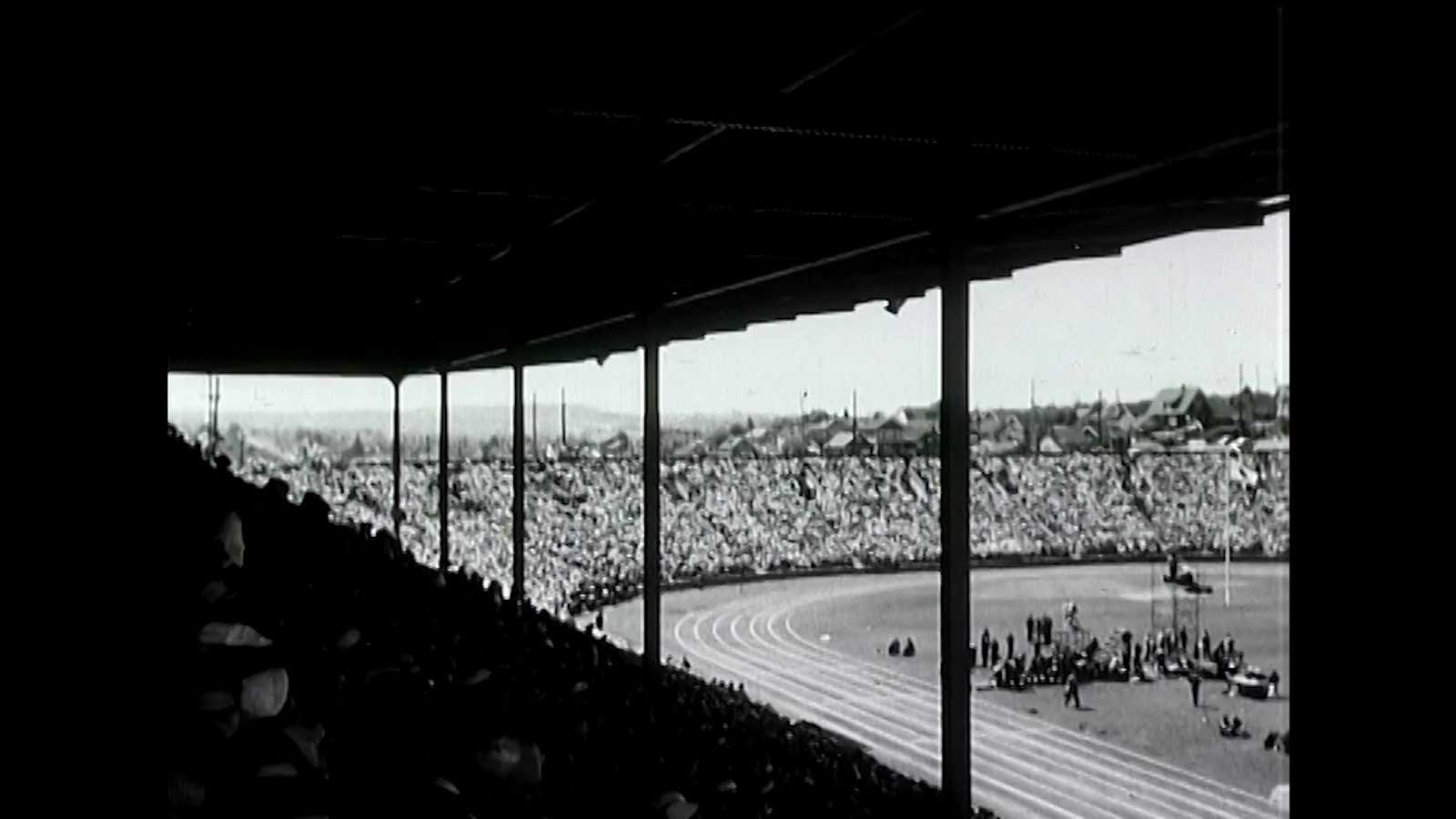
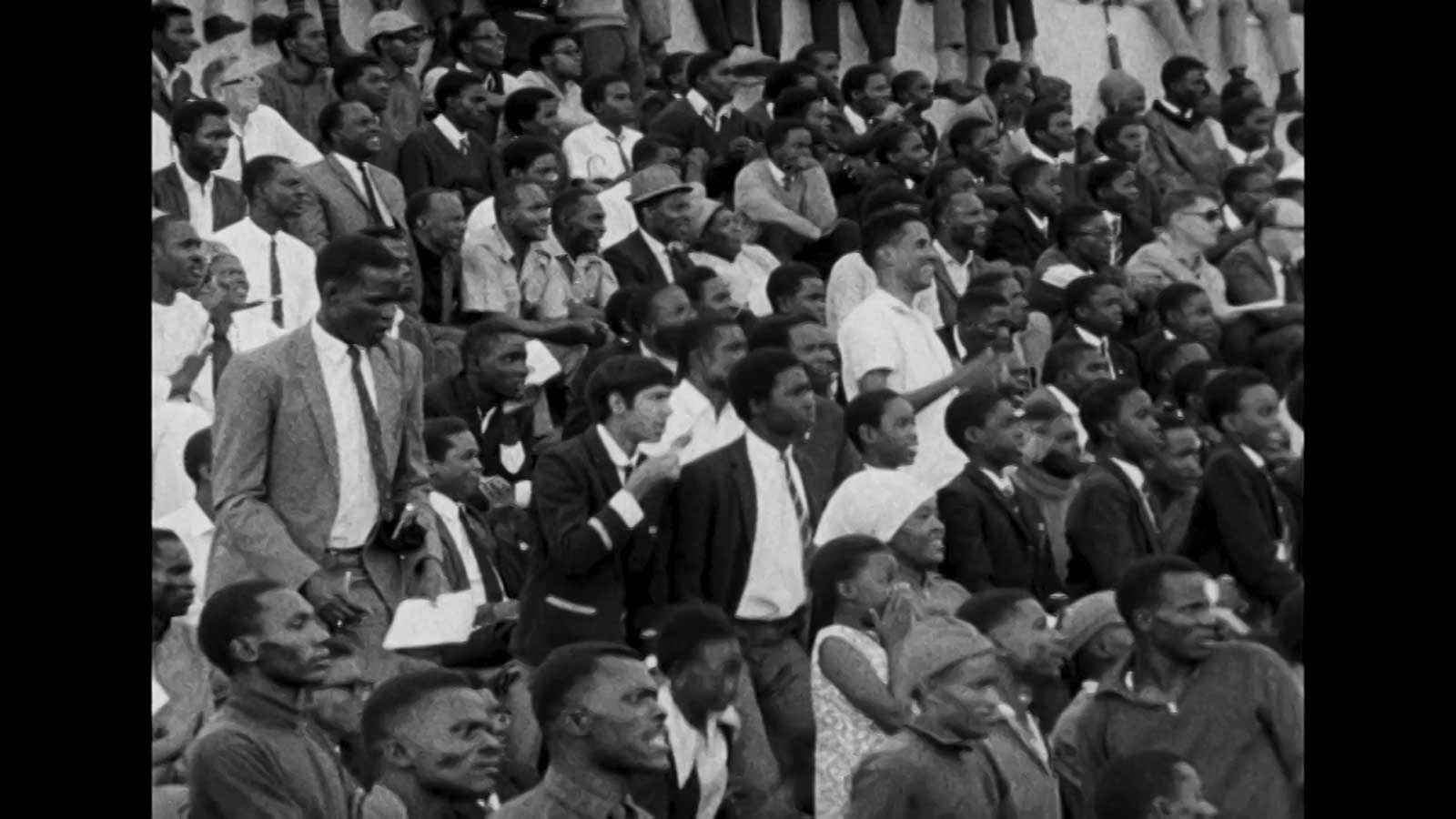
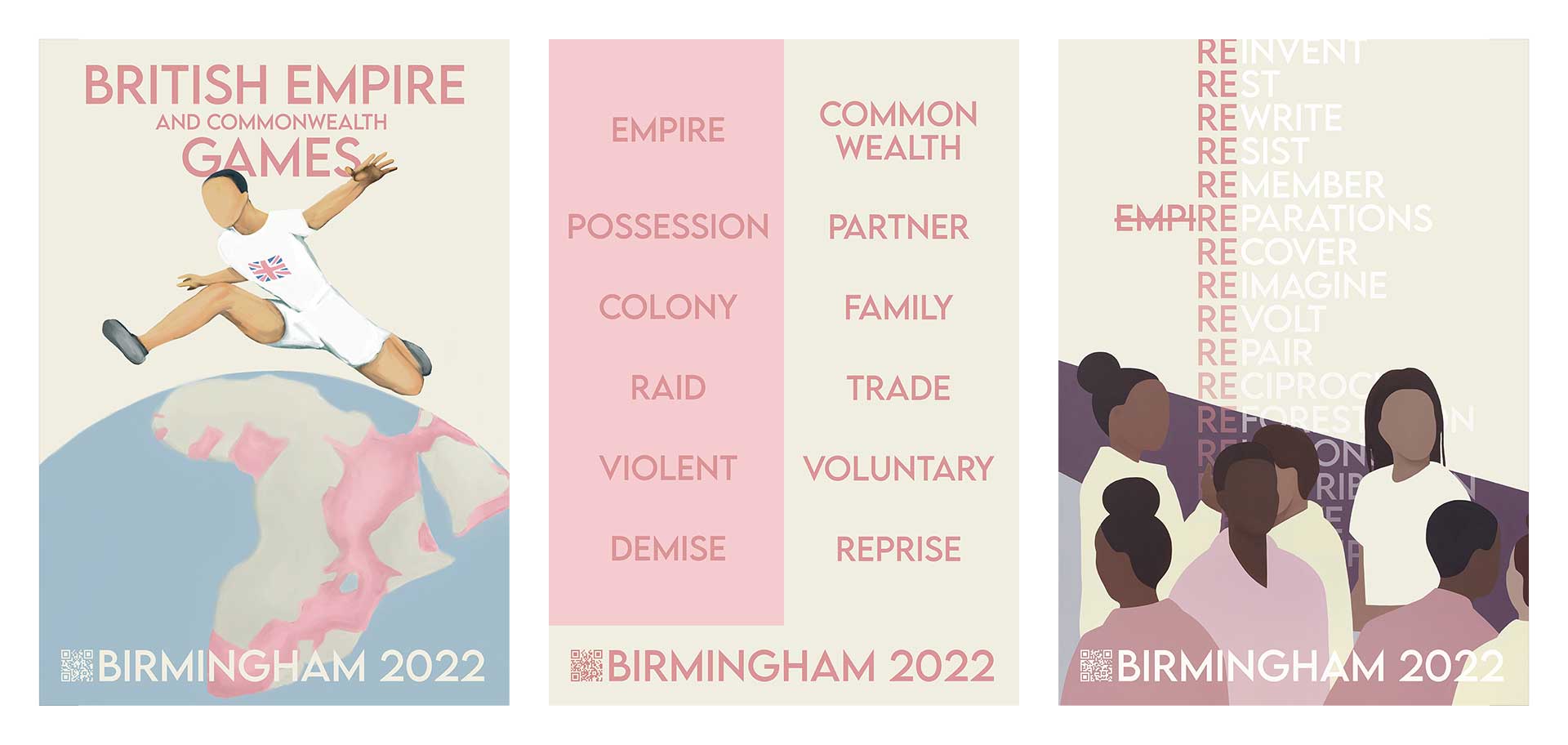 The Name Game - Thenjiwe Niki Nkosi
The Name Game - Thenjiwe Niki Nkosi
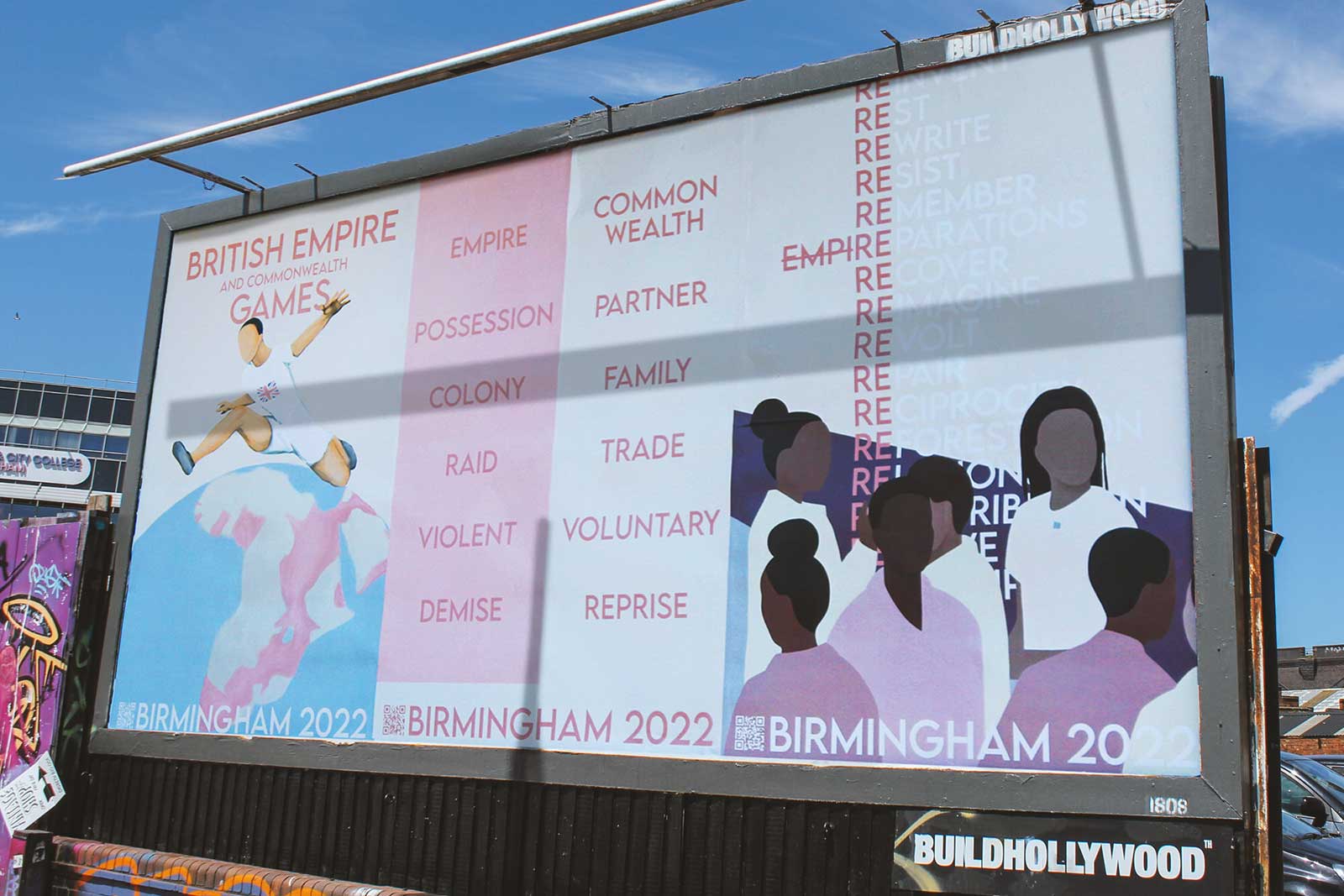 Eastside Projects: Thenjiwe Niki Nkosi's Equations for a Body at Rest
Eastside Projects: Thenjiwe Niki Nkosi's Equations for a Body at Rest
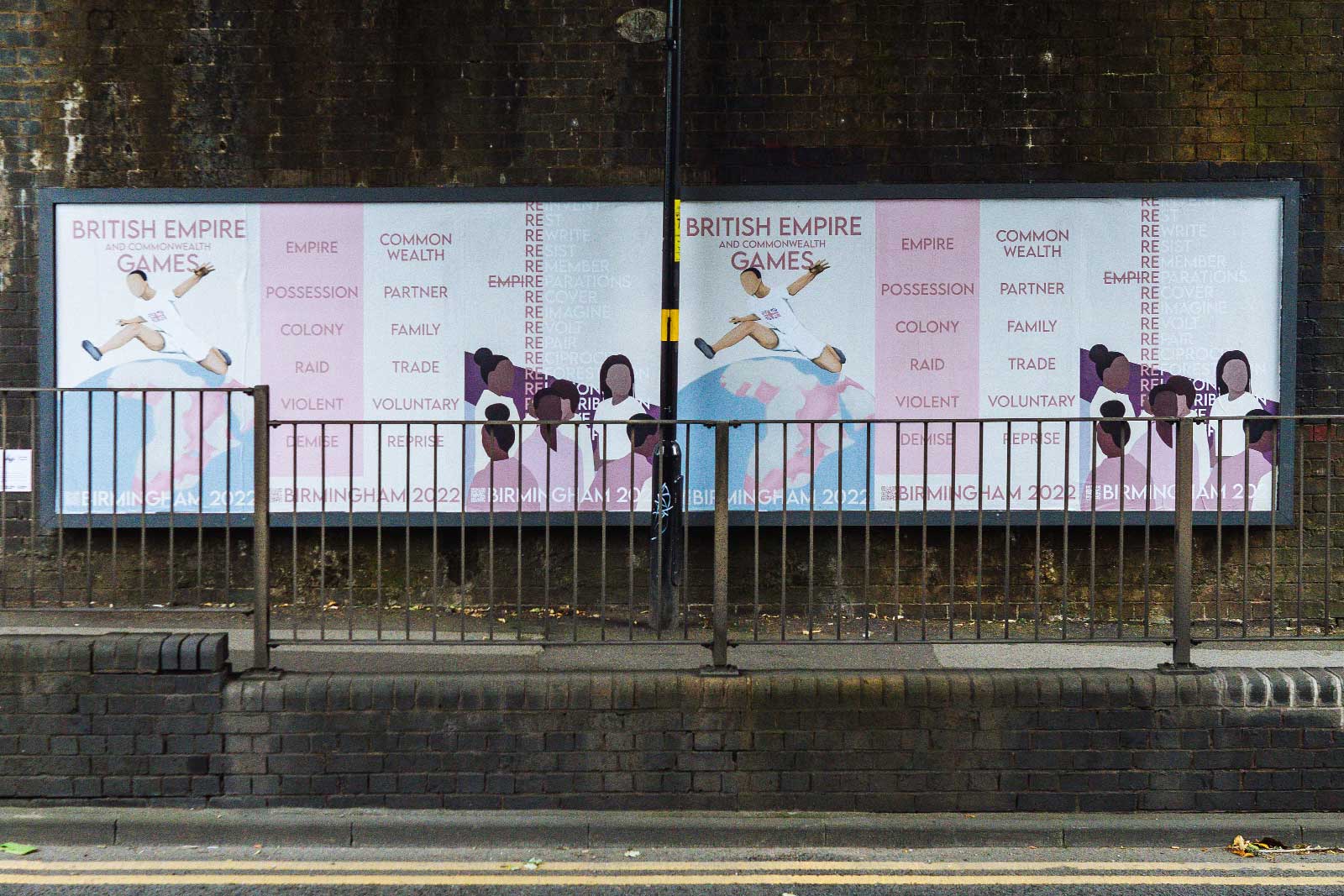 Eastside Projects: Thenjiwe Niki Nkosi's Equations for a Body at Rest
Eastside Projects: Thenjiwe Niki Nkosi's Equations for a Body at Rest
